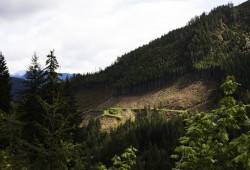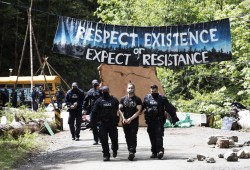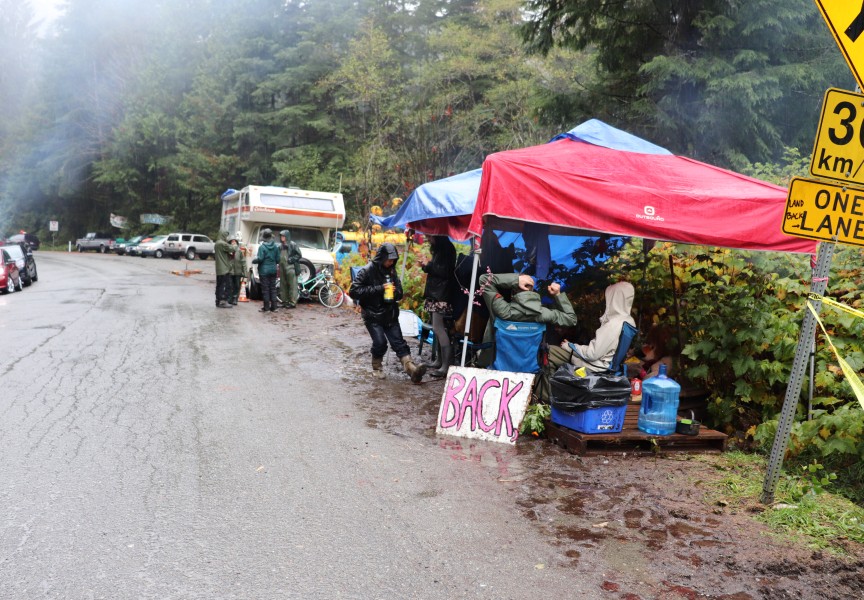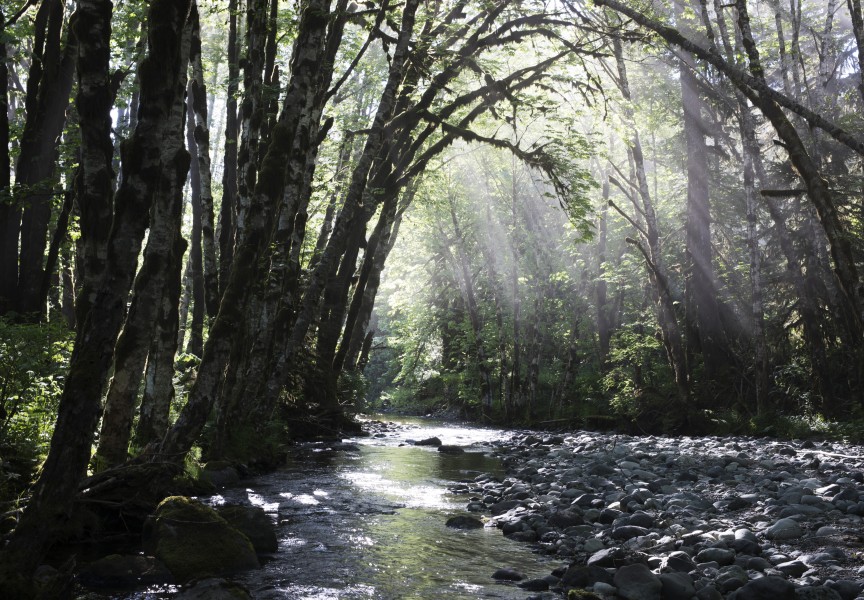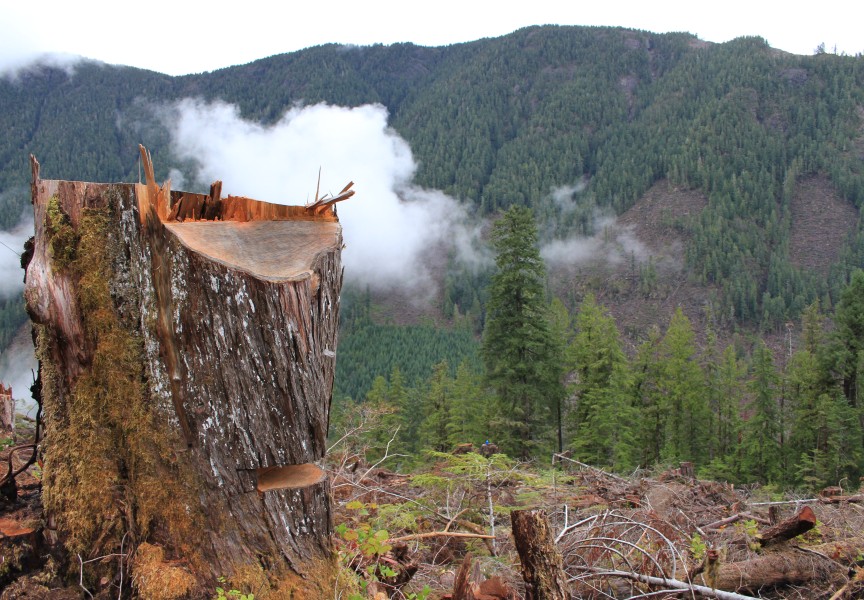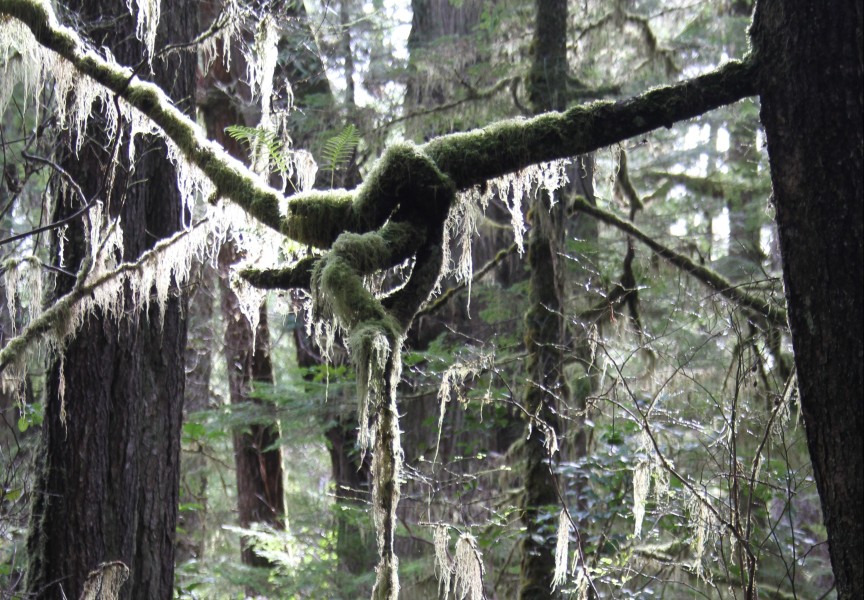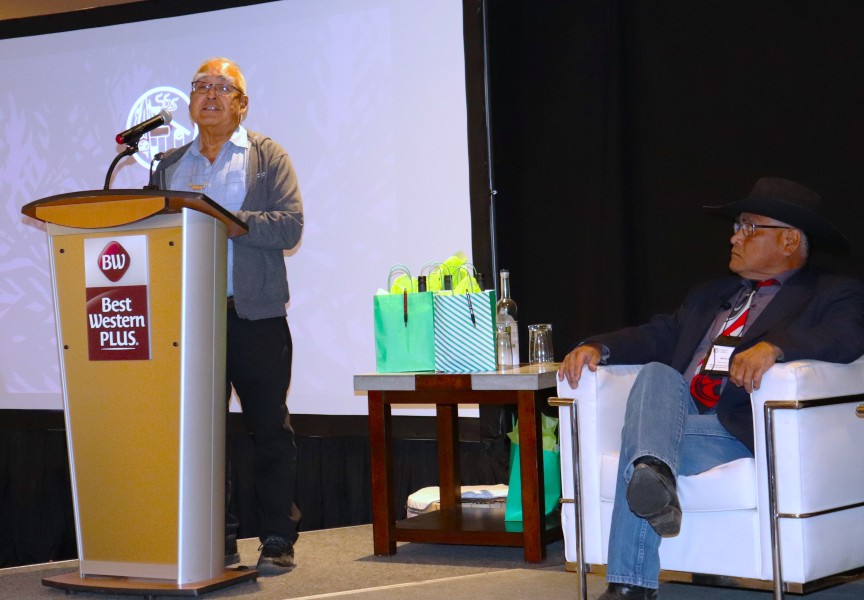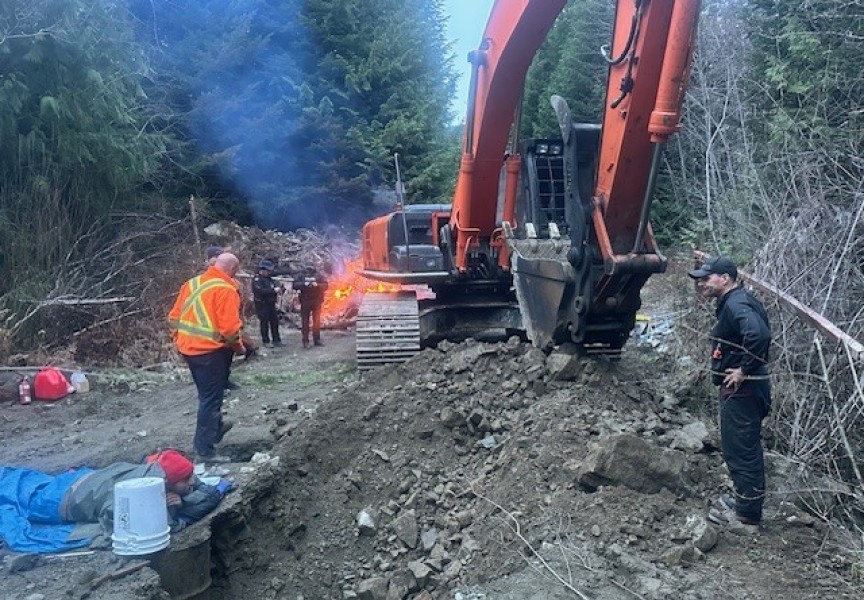The Fairy Creek watershed, a highly contested area of old growth that saw nearly 1,200 arrests in southern Vancouver Island in 2021, is being protected from logging for another year and a half.
The deferral announcement came from the B.C. Ministry of Forests in early June, days before the existing ban on harvesting old growth trees was set to expire. In place until Feb. 1, 2025, the extended deferral encompasses 1,183.9 hectares of Crown forest land near Port Renfrew that is entirely located within the territory of the Pacheedaht First Nation.
The nearby Central Walbran will also be protected from old growth harvesting until March 1, 2024, following a temporary ban on the logging practice that was imposed by the provincial government for the area in September 2020.
Protesters began setting up blockades around Fairy Creek in early August of that year, halting the building of logging roads into what is considered one of the few areas on Vancouver Island that remains untouched by industrial forestry. Fairy Creek soon became an ignition point for a growing resistance to old-growth logging, drawing thousands of people from across Western Canada to man a complex system of blockades designed to halt forestry in the region.
The Rainforest Flying Squad emerged as the collective behind this activity, opposed to the operations of Teal Cedar Products and its contractors. Teal Cedar holds tenure over Tree Farm Licence 46, a section of Crown land northeast of Port Renfrew.
By the spring of 2021 the B.C. Supreme Court issued an injunction against protestors interfering with forestry operations in the area. As encampments continued to grow, the RCMP moved into Fairy Creek and its surrounding forests in May to enforce the injunction, bringing a wave of arrests.
Assertion of territorial authority
Amid the conflict, three of Vancouver Island’s southern Nuu-chah-nulth nations stepped into the equation with the Hišuk ma c̕awak Declaration, an assertion of authority over the territory delivered according to the First Nations’ sacred principles of “ʔiisaak” (utmost respect), “ʔuuʔałuk” (taking care of) and “hišuk ma c̕awak” (everything is connected). These include the Pacheedaht, Ditidaht and Huu-ay-aht First Nations.
At the June 4 signing of the declaration Pacheedaht Chief Councillor Jeff Jones explained its importance.
“From now on our nations will decide what is best for our lands, our waters and our resources for the sustainment and well-being of present and future generations of the three nations,” he said. “For too many years First Nations have not had jurisdiction over their traditional territory. We must have adequate resources to meet the needs of our citizens, members, for employment, housing, education, health, social and other needs.”
Shortly after issuing the declaration, the three nations also gave notice to the province to defer all old growth logging in the Fairy Creek and Central Walbran areas for two years. On the next day former premier John Horgan and the provincial government agreed to this, allowing the First Nations time to formulate management plans for the resources at stake in their respective territories.
“While this essential work is being carried out, we expect everyone to allow forestry operations approved by our nations and the government of British Columbia in other parts of our territories to continue without interruption,” the nations said in a statement. “Please respect that our citizens have a constitutionally protected right to benefit economically from our lands, waters, and resources.”
At the time the Rainforest Flying Squad called the Fairy Creek deferral a “small victory,” but stressed the need to protect other old growth trees in the surrounding areas. Encampments continued, as did arrests – despite a call from the Pacheedaht in late June 2021 for protesters to leave its territory as wildfire risk escalated during a month of record-breaking highs.
Not all First Nations agree with the deferrals
Since November of 2021 the province has designated over 2 million hectares of old growth forest for temporary protection. This has been contingent on consultations with First Nations who call this forest home, but not all Indigenous communities have gone along with what the province has proposed.
One month after the provincial government identified 2.6 million hectares for deferral, the Huu-ay-aht First Nations responded that it would agree to this in its territory - except for four per cent of the proposed area for protection. Of the 14,754 hectares set aside by the province, 645 was already tied to forestry plans that the Huu-ay-aht were relying on.
“These deferrals would have an impact on small portions of many different harvest areas in a variety of ways, including making entire harvest areas uneconomic or inaccessible or making the deferred portion subject to forest health concerns such as windthrow,” read a statement from the Huu-ay-aht.
Like the Huu-ay-aht, the Pacheedaht have looked to forestry in recent years as an employment opportunity for its members. The First Nation built a sawmill in Port Renfrew that is capable of manufacturing 60-foot beams, and has an agreement with Teal Cedar to purchase logs for processing at the mill.
In September of last year the Pacheedaht signed a memorandum of understanding with the forestry company, an agreement that aims to balance economic development opportunities with the need to steward old growth. The MOU includes forestry training and employment for Pacheedaht members.
Beyond the province’s temporary deferral over the next 20 months, 80 per cent of the Fairy Creek watershed is protected, according to the Pacheedaht’s Integrated Forestry Management Plan that was developed over the last two years.


